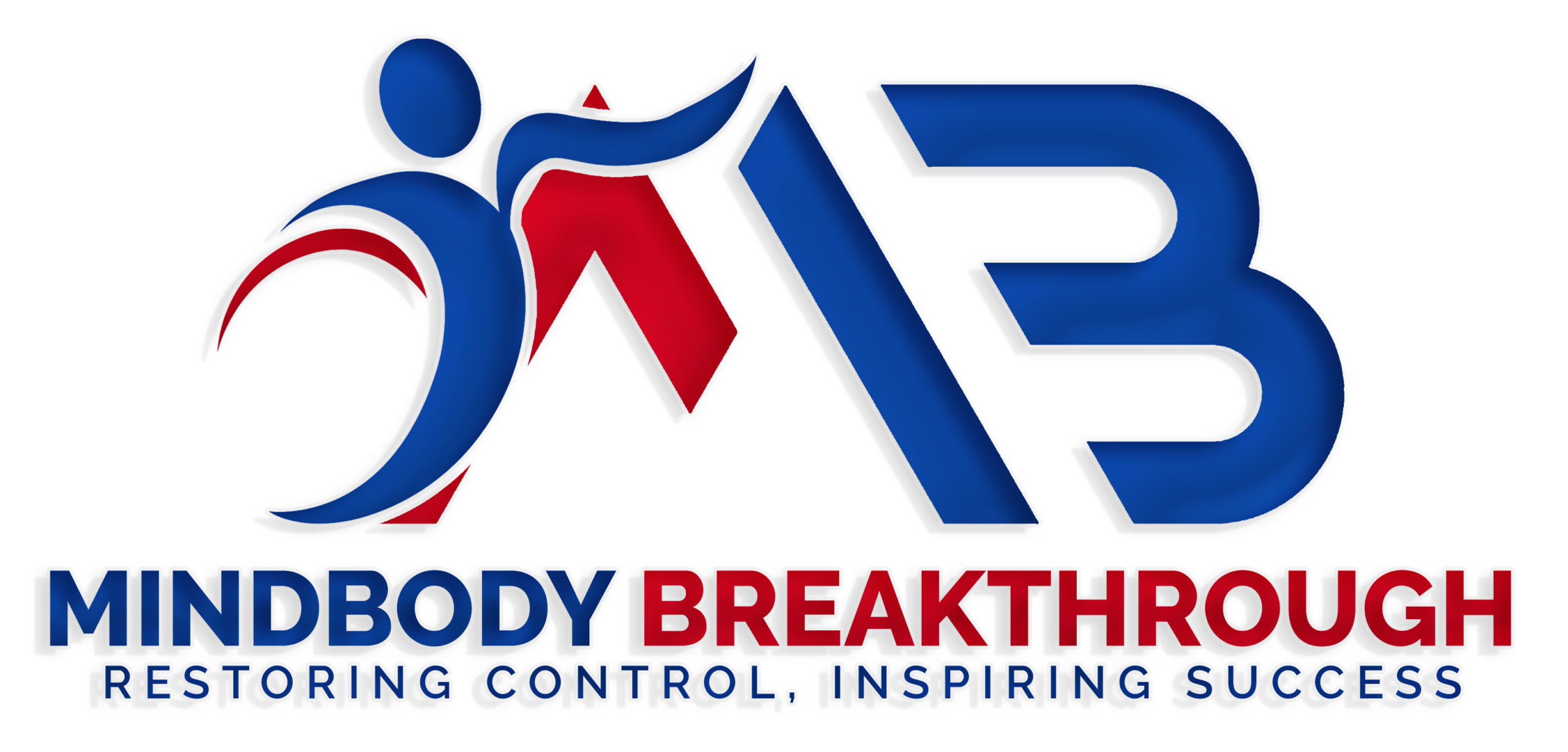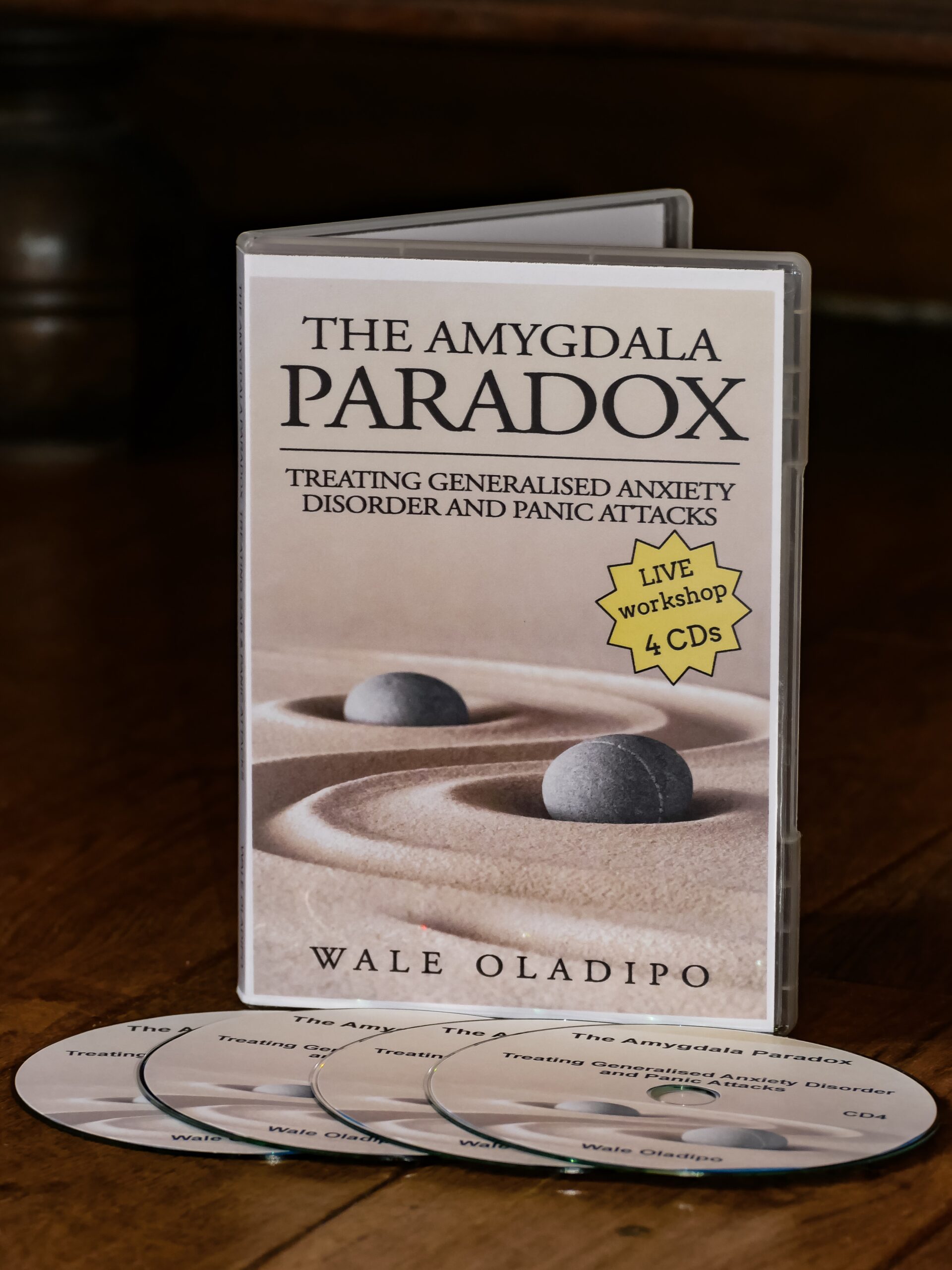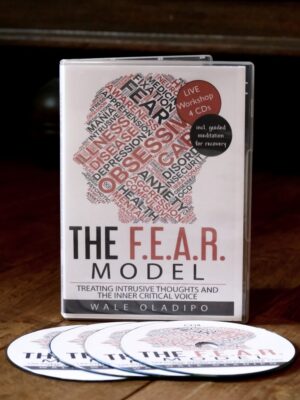“Very good, informative, eye and mind opening. I wish I had known all that 20 years ago. It would have made my life much easier and successful.” — Anonymous, Sufferer
“Very interesting – brings together aspects of other intervention for GAD and Panic into an easy to use and understand formula” — M. Parry, Occupational Therapists
“Excellent! I will be able to apply the knowledge gained personally first, and also to counter guilt, negativity and fears in patients. Very practical and realistic.” Anonymous, Counsellor
“The course was extremely helpful and informative. Interesting, excellent and enjoyable. It will enable me to help so many adults and children within the support groups I run.” — J. Morgan, Parent Rep and Support Group Facilitator
“It seems to fill in gaps unjustified by CBT therapy both for the perspective of service user and observation.” Anonymous
Introduction
The amygdala is a small almond-shaped set of neurons located in the emotional part of the brain responsible for measuring the tones and intensities of emotions. Like a little key that unlocks a very large door, the amygdala is a tiny structure which can override our much bigger thinking brain, signalling a distress response that can cause us to go into a complete meltdown. If you’ve ever experienced the humiliation of a public panic attack, you’ll know what I’m talking about.
If there is a stressor (thought, thing, person, place or emotion) that we feel uncomfortable with to the extent that we start to avoid that stressor, the amygdala notices this avoidance tactic and then emotionally tags that stressor as threatening and dangerous to our survival. From this time onwards, the amygdala alerts us to fight, flee or freeze each time something triggers this emotionally-tagged stressor.
The amygdala is really only trying to be helpful, just like an over-protective parent. Super-defensive and constantly monitoring our behaviour, this little chap can rob us of our independence and resilience if left unchallenged, sending us into a tailspin of recurring panic attacks that can result in Generalised Anxiety Disorder. And herein lies the paradox from which this book takes its title: while appearing small and insignificant, the amygdala is actually highly effective and powerful, generating a chain of chemical reactions which places our conscious, thinking self at its mercy.
If we are to transform Generalised Anxiety Disorder and Panic, we must first understand the workings of different regions of the brain involved in emotions including the amygdala centre. Secondly, we need to rewire the brain out of its former anxious wiring into new synaptic connections that reinforce emotional wellbeing. Thirdly, we must show the amygdala who’s boss and find ways to reduce its influence in generating our anxiety and panic.
Happily, the amygdala can be retrained and our anxious homeostatic balance can be recalibrated to a normal and healthy level. We can teach the amygdala to delete some information from its emergency list that it uses to fire our fight or flight response on a regular basis. And we can even make it shrink in size, correlating to a life of calm and confidence.
If you are reading this introduction because you suffer from Generalised Anxiety Disorder and Panic, it is my hope that this audio programme will serve as a bridge between where you are right now and the future of mental, physical and emotional wellness you desire. Likewise, if you are reading this as a professional or helper looking to understand the subject better and get new ideas on how to help your clients, I hope that you find the content stimulating, inspiring and informative, empowering you to achieve your goals.
To your wellbeing and success,
Wale Oladipo,
MindBody Breakthrough













